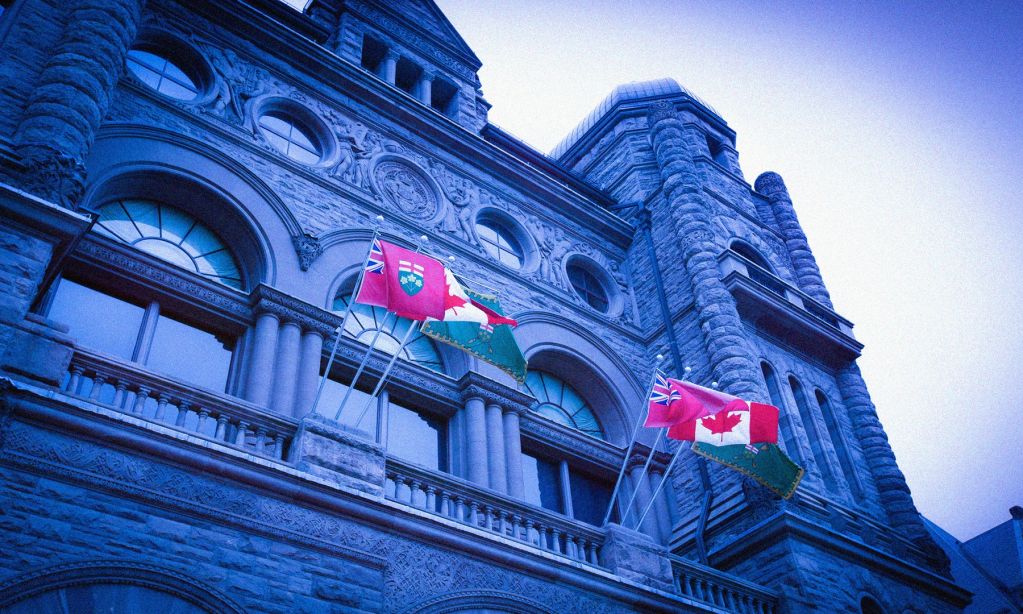With Ontario’s 2024 pre-budget consultations well under way, it’s time to think hard about public services in this province—and how we fund them.
Public services aren’t free. If we want public health care, public schools, a functioning court system, and all the services Ontarians depend on, we have to pay for them. That much is obvious. And yet for five long years, the current government at Queen’s Park has worked steadily and deliberately to reduce its own revenues. Since 2018, the Ministry of Finance has made close to 30 policy changes that have cut taxes, cut fees, and paid out large sums in the form of tax credits. As the table below shows, those changes are draining a minimum of $7.7 billion from the provincial treasury in 2023-24.
That’s a big number: it’s more than the province budgeted to run the entire Ministry of Transportation this year.
It’s money that’s not available to fund the services 15 million Ontarians need. It’s money that’s not hiring more staff in our hospitals and schools, or shoring up our universities and colleges, or addressing the fact that people are freezing in tents this winter and food bank usage is at record levels.
Rather than investing in the people and services in greatest need, many of the government’s tax and fee cuts take a scattergun approach: cutting the provincial gasoline tax by 5.7 cents a litre gives money to those who need it, but also those who don’t; in the same vein, drivers in 12-year-old Corollas aren’t paying to license their cars this year, but neither are drivers in new Lamborghinis. Taken together, free licence stickers and the gas tax cut will cost the province $2.4 billion this year.
A similar amount of free money is going to businesses. The government asserts, without evidence, that putting cash in the pockets of business owners will lead to more investment, but giveaways like the $93-million Regional Opportunities Investment Tax Credit may just as easily be throwing money after investments that were going to happen anyway. Or buying Lamborghinis.
In the end, though, whether or not tax cuts, fee cuts, and tax credits are accomplishing a valid policy goal isn’t the only question. An equally important question is, “Where is the money coming from?” Looking around Ontario, it looks like it’s coming out of public services.
As I wrote last month, Ontario lags far behind all other provinces when it comes to funding public services, and a big reason for that is that successive governments have deliberately bled themselves dry and then pled poverty afterward. As long-time CCPA author Hugh Mackenzie wrote in 2009, “For Canada’s political right-wingers, their insistence that we can have massive tax cuts without suffering any decline in public services is worse than childish; it’s delusional.”
The odds of the current government bringing in any new revenue measures in the 2024 budget, due out in March, are admittedly slim: to date, the only tax they have increased in the Non-Resident Speculation Tax, which by definition does not impact anyone who lives—or votes—in Ontario. Nonetheless, it is important to keep talking about the very real needs and issues Ontarians face that can only be addressed through collective action on a large scale, i.e., by government.
We remain a rich province in a rich country. Ontario can do better.







